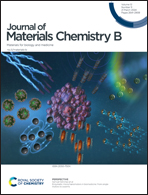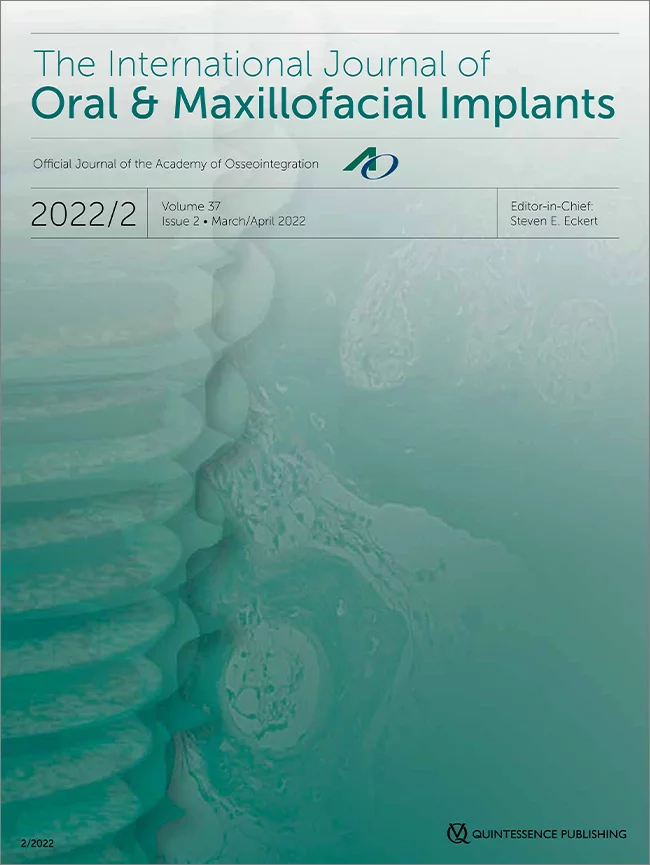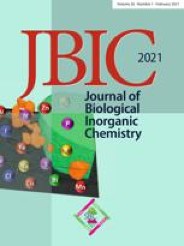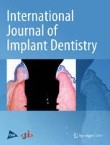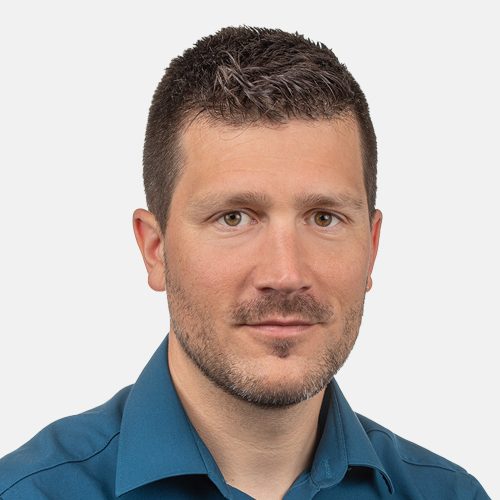
Ricardo Tejero
PhD in Biomedicine and Molecular Biology
Engineer of the research laboratory in materials and surface engineering of BTI Biotechnology Institute
Courses taught
Published Articles
- Author:
- Eduardo Anitua
- Ricardo Tejero
- Romero Gavilán F
- Cerqueira A
- Muñoz F
- García Arnáez I
- Azkargorta M
- Elortza F
- Gurruchaga M
- Goñi I
- Suay J
Enhancing the correlation between in vitro and in vivo experiments in dental implant osseointegration: investigating the role of Ca ions
This study delves into the osteogenic potential of a calcium-ion modified titanium implant surface, unicCa, employing state-of-the-art proteomics techniques both in vitro (utilizing osteoblasts and macrophage cell cultures) and in vivo (in a rabbit condyle model).
- Author:
- Eduardo Anitua
- Ricardo Tejero
- Romero Gavilán F
- Cerqueira A
- Muñoz F
- García Arnáez I
- Azkargorta M
- Elortza F
- Gurruchaga M
- Goñi I
- Suay J
Enhancing the correlation between in vitro and in vivo experiments in dental implant osseointegration: investigating the role of Ca ions
J Mater Chem B. 2024 Mar 13;12(11):2831-2842. This study delves into the osteogenic potential of a calcium-ion modified titanium implant surface, unicCa, employing state-of-the-art proteomics techniques both in vitro (utilizing osteoblasts and macrophage cell cultures) and in vivo (in a rabbit condyle model). When human osteoblasts (Hobs) were cultured on unicCa surfaces, they displayed a marked improvement in cell adhesion and differentiation compared to their unmodified counterparts. The proteomic analysis also revealed enrichment in functions associated with cell migration, adhesion, extracellular matrix organization, and proliferation.
- Author:
- Eduardo Anitua
- Ricardo Tejero
Coarse Surface Microcavities Permit Bone Ingrowth and Improve Implant Osseointegration
Narrow dental implants are commonly used to restore narrow alveolar ridges. Although the good performance of narrow dental implants supporting multiple prostheses has been repeatedly demonstrated, there are few studies analyzing their performance in a long-term follow-up together with the influence of the loading protocol. Thus, the objective was to assess the influence of implant loading protocol (immediate vs delayed) on the long-term outcomes of 3.0-mm-diameter dental implants supporting fixed multiple prostheses.
- Author:
- Eduardo Anitua
- Ricardo Tejero
- Francisco Romero-Gavilán
- Andreia Cerqueira
- Iñaki García-Arnáez
- Cristina Martinez-Ramos
- Seda Ozturan
- Raul Izquierdo
- Mikel Azkargorta
- Félix Elortza
- Mariló Gurruchaga
- Isabel Goñi
- Julio Suay
Protein adsorption/desorption dynamics on Ca-enriched titanium surfaces: biological implications
J Biol Inorg Chem. 2021 Sep;26(6):715-726. Calcium ions are used in the development of biomaterials for the promotion of coagulation, bone regeneration, and implant osseointegration. Upon implantation, the time-dependent release of calcium ions from titanium implant surfaces modifies the physicochemical characteristics at the implant-tissue interface and thus, the biological responses
- Author:
- Eduardo Anitua
- Ricardo Tejero
- Andreia Cerqueira
- Francisco Romero Gavilán
- Iñaki García Arnáez
- Cristina Martinez Ramos
- Seda Ozturan
- Mikel Azkargorta
- Félix Elortza
- Mariló Gurruchaga
- Isabel Goñi
- Julio Suay
Influence of calcium ion-modified implant surfaces in protein adsorption and implant integration
Int J Implant Dent. 2021 Apr 21;7(1):32. The application of the counter-torque technique has been proposed as a conservative and atraumatic alternative for the explantation of nonmobile dental implants. The objective of this report is to assess the performance of this technique in a large number of patients.

 Español
Español
 Français
Français
 Deutsch
Deutsch
 Italiano
Italiano
 Português
Português

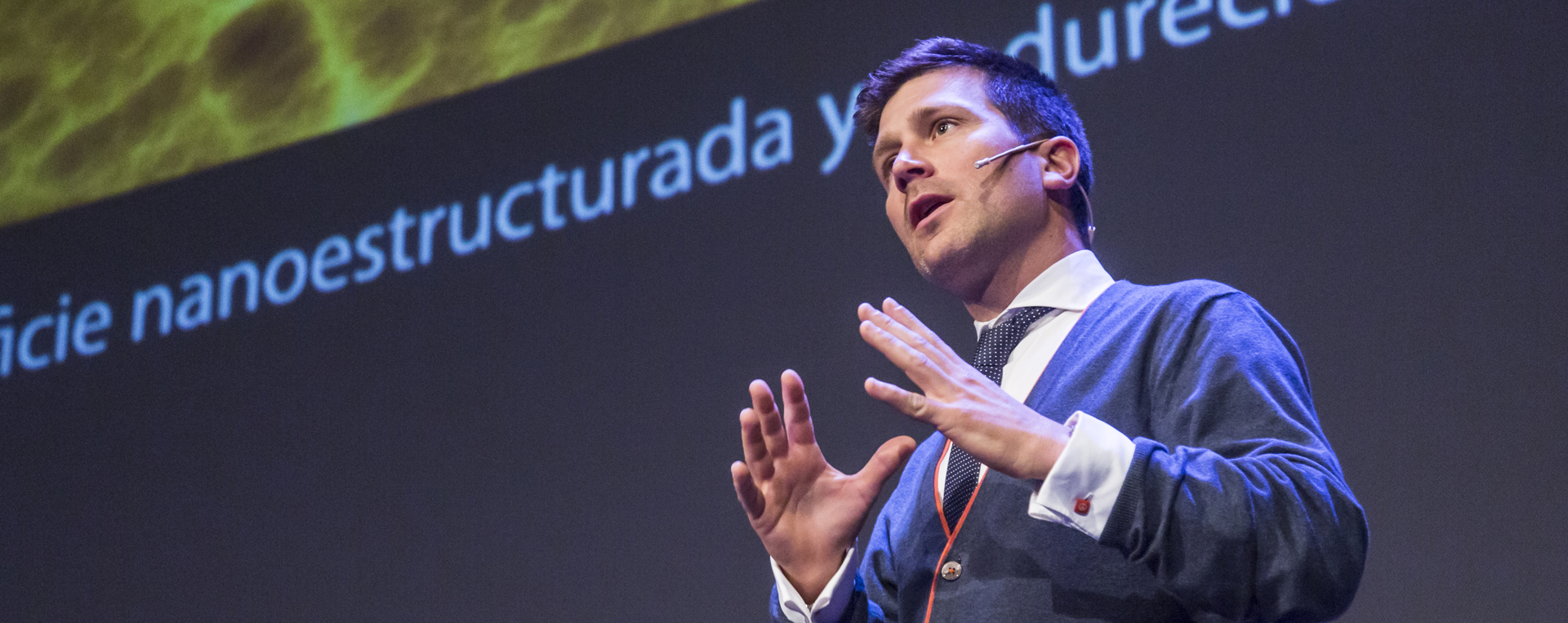
![A biological approach to Implantology [5 days] A biological approach to Implantology [5 days]](https://www.btitrainingcenter.com/wp-content/uploads/2024/09/TC_AULAS-500x300.jpg)

